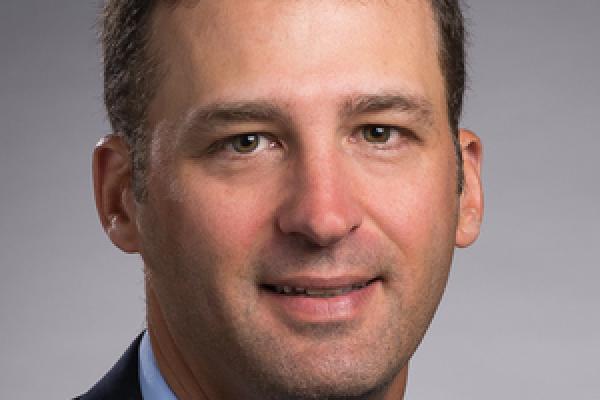
Title: Cumulative Impact: Why Prison Sentences Have Increased
Abstract: The U.S. incarceration rate increased by more than 500% since the 1970s, making the United States the world’s top jailer. This growth in the number of people behind bars was not necessarily driven by higher crime rates or an increase in the number of arrests. Rather, the probability of receiving a prison sentence, if convicted of a crime, increased substantially during this period. But why did that change? Why is the chance of going to prison for a given crime so much higher today than in decades past? Two common explanations are that judges became more punitive and that sentencing policies required prison for a longer list of crimes. I offer an alternative explanation that focuses on changes in the population of convicted defendants. Analyses of over 350,000 felony cases sentenced in Minnesota over a 33-year period show that the probability of a defendant receiving a prison sentence indeed increased from 1981 to 2013, as would be expected. The reason for the rising probability of imprisonment was not necessarily more draconian sentencing policies or more punitive judges. It was a significant increase in the average offender’s criminal record that led to the higher likelihood of imprisonment.
